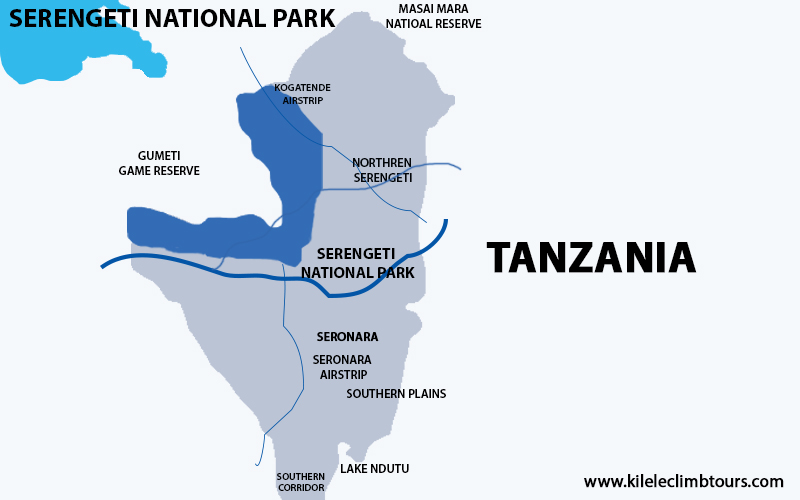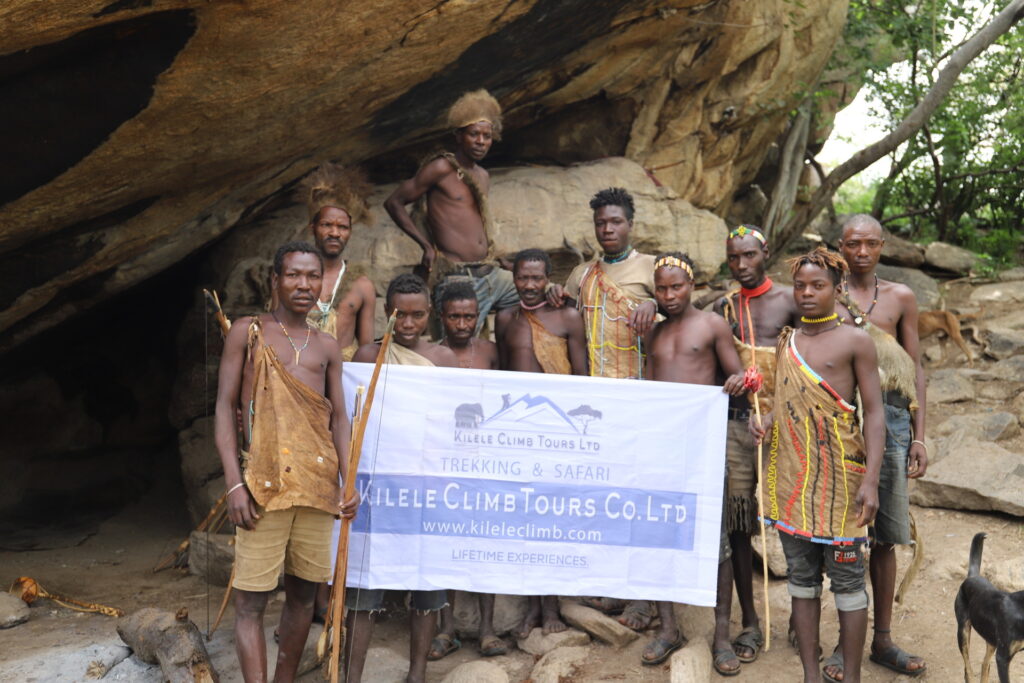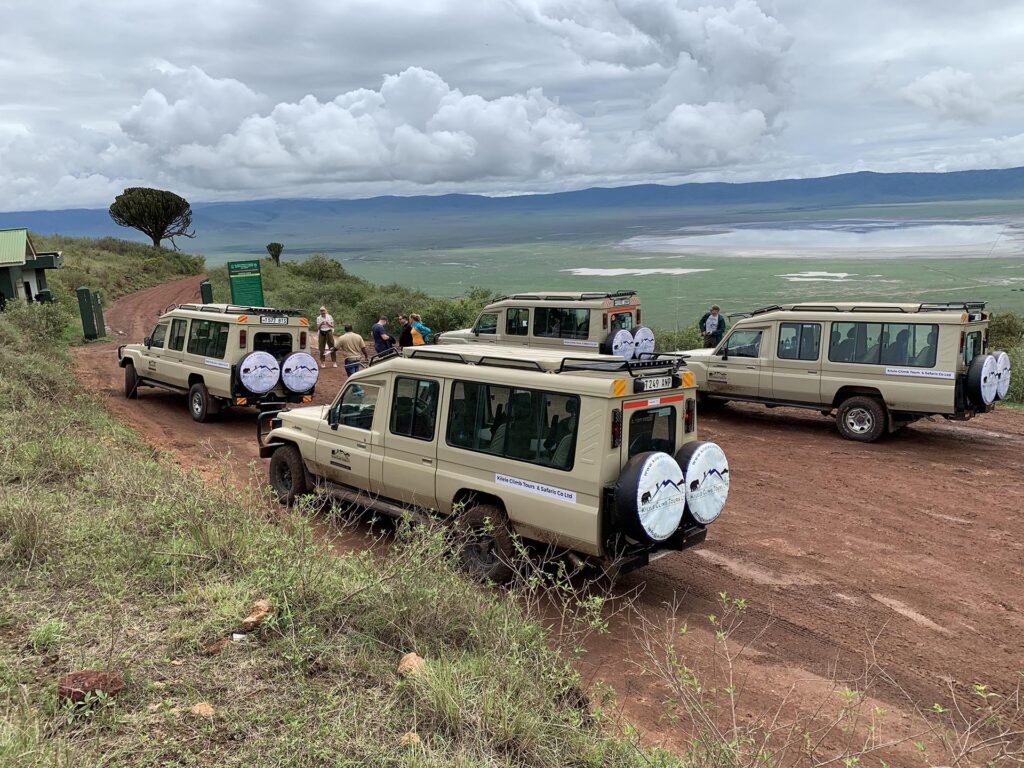Serengeti National Park
Home to the world's last remaining large mammal migration
Serengeti National Park
Serengeti National Park is Africa’s most famous park due to the largest concentration of game on the continent and the migration of millions of wildebeest. Maasai people called this park ‘Siringet‘, meaning endless plains. The Serengeti speaks for itself and with a good reason not only the migration of over 1 million wildebeest through its plains and woodlands but also unique landscapes and other spectacular wildlife.
The Serengeti is home to the world’s largest populations of Wildebeest, Zebra, Cape Eland, Lion, Cheetah, Hyena, and Gazelles. The scenic beauty of the sky with cool nights and warm days makes your visit to this remaining home for the great migration of large mammals incredible!
Info About Serengeti National Park
- Area: 14,763 km² /5,700 sq. Mi
- Established: 1951
- Location: Mara Region, Tanzania
- Distance & Drive Time: Arusha to Central Serengeti 6-7 hours 350km/217mi
Climate
The climate of the Serengeti National Park is subtropical, with a rain season from November to April and a dry season from May to October.
Getting there
The park can be accessed by road and air.
Road. Accessed from all towns and cities to the present entry or exit points/gates namely Naabi Hill, Seronera, Ndutu, Kusini, Kirawira, Handajega, Ikoma, Tabora ‘B’, Lamai, Lobo, Ndabaka, Machochwe and Kleins.
Air. There are all-weather airstrips in the center of the park (Seronera), in the South (Kusini), in the East (Lobo), in the West (Kirawira), and in the North (Kogatende & Lamai). There are scheduled and private charters from Arusha, Mwanza, Kilimanjaro, Musoma, Dar es Salaam and Zanzibar.
Attractions
Serengeti National Park, is a world-renown, World Biosphere Reserve and World Heritage Site that has many more attractions than any other national park in Africa. The Great Migration, The Big Five, Unique Bird Collections, Endangered Species, Highest concentration of Carnivores and Herbivores, and Scenic and Spectacular Landscapes are some of the attractions one will encounter!
The Great Migration
The great wildebeest migration of over a 1.3million is accompanied by large numbers of zebra, and smaller numbers of Grant’s & Thomson’s gazelle, eland and impala with an annual pattern-seeking fresh grazing and water. Having a chance of encountering these phenomena gives you a lifetime experience with nature.
Highest Concentration of Carnivores
Serengeti has the highest concentration of carnivores, especially all the big African cats such as Lions, Leopards, Cheetah and Spotted Hyena! Seeing these powerful predators hunting and sometimes fighting for the territory all make your day!
Largest Concentration of Herbivores
Serengeti has more than 28 species of herbivores including buffalos, wildebeest, zebras, elands, hippos and waterbucks. During game viewing spotting herbivores coloring the endless plains while feeding gives you a thrilling experience!
Endangered Species
Serengeti is one of the last remaining sanctuaries for critically endangered Black rhino (Diceros bicornis michaeli) as well as an endangered African hunting dog!
Diverse Birdlife
With more than 530 species recorded quarter being those migrating from other parts of the world, the park forms an ecological important bird area and an ideal place for bird lovers! Some of the species commonly seen are European and Abdim’s storks, Eurasian Roller, Barn Swallows, Fish & Martial Eagles etc.
Cultural & Historical Sites
Serengeti is home to many cultures from the famous tribes of Maasai, Sukuma, Kurya, and Ikoma. Indigenous Maasai and Ikoma use to live in parts of the park before they were resettled outside the park. The present signs which are still visible at famous Maasai Rock Painting, Gong rock, and Ikoma ruins mark a special combination of game viewing and human history.
Scenic and Spectacular Landscapes
The vast scenic and unspoiled landscapes among others made this area recognized as a World Heritage Site by UNESCO. Its vast plains, rolling hills, and the island of Kopjes increases the beauty of the park
Plants and Insects
The park is rich in plant life as well as insects. During the rainy seasons the park bust in wildflowers and beautiful butterflies providing an exceptional experience for botanists and entomologists
Activities
- Game Viewing by Vehicles
- Hot Air Balloon Safari
- Professional Filming &Photographing.
- Walking Safaris








